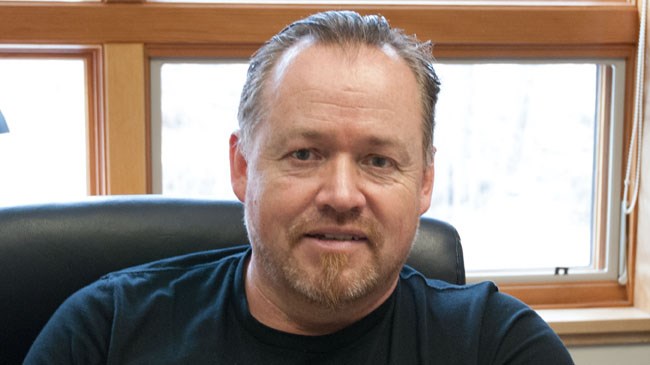Anishinabek Nation Grand Council Chief Patrick Madahbee says a recent Memorandum of Understanding with the province is a leading example of the types of partnership arrangements that Anishinabek Nation will be seeking on a full range of resource management issues.
“The Anishinabek Nation has centuries of experience on how to manage our resources and these types of agreements will allow our communities to share their expertise.”
He praised Nipissing First Nation for "leading the way in maintaining the inherent jurisdiction this community has with respect to the fisheries management on Lake Nipissing since time immemorial".
Nipissing First Nation and the Ministry of Natural Resources and Forestry signed a Memorandum of Understanding on March 10, with the goals to work together to support the sustainable management of Lake Nipissing fisheries, and specifically the recovery and long-term health of the walleye population says a news release.
In August 2015, newly elected Chief Scott McLeod and council closed the commercial walleye fishery early due to data showing that safe harvest levels had been exceeded. Chief McLeod emphasized that “this is not a decision that is taken lightly. We understand it directly affects the membership”.
“In February, our council — through the implementation of the MOU – worked in partnership with MNRF to manage the lake and move towards a more sustainable fishery while supporting the implementation of our own Fisheries Law and management plans,” said Chief McLeod. “As stewards of the natural resources within our territories, I am proud that Nipissing First Nation has taken the steps to effectively manage their resource in accordance with their Laws and practices.
"The MOU will enable the ministry to support the successful implementation of Nipissing First Nation’s Fisheries Law, which has been in place since 2006, and will help manage the community’s commercial fishing activities by supporting and developing their technical and financial capacity. This MOU establishes a new relationship between NFN and the MNRF by continuing on the path of reconciliation and good faith through discussions between both parties about Aboriginal restorative justice, recognition of the NFN Chi-Naaknigewin. It also seeks to rebuild the parties’ relationship, which has been frustrated by historical government policies and actions.
“This is an important step to managing our resources at a sustainable level by protecting the fish and our inherent and treaty rights in order to access them for future generations," said McLeod.
“We don’t plan on stopping here: we are going to look at other aspects and push for sustainable changes in the recreational fishery.”
The Fisheries Law requires NFN band members who fish commercially to obtain a permit in accordance with regulations enacted under this law. On a yearly basis, NFN Chief and Council by resolution set regulations that include the following:
- Fishing areas;
- Fishing season;
- Species, size and quantities;
- Reporting and assessment requirements; and
- Fishing gear.
In August 2015, McLeod and Council closed the commercial walleye fishery early due to data showing that safe harvest levels had been exceeded. The closure effectively reduced the season from seven months to three.
Recommendations were sanctioned by Chief and Council through new regulations that came into effect in 2015, and included:
- Eliminating spear fishing and gill netting during the spring spawn;
- Changing the opening date of the commercial fishery season to coincide with the opening of the sports fishery season–(May 21, 2016);
- Reducing number of nets from 5 panels to 3 panels;
- Changing the minimum mesh size from 3.5 inches to 3.75 inches;
- Reinstituting the fish hatchery on a small experimental scale, hiring fishermen to seed a barren spawning grounds and studying the impact over a number of years;
- Enhancing training opportunities for staff to enhance enforcement and subsequent follow up (Restorative Justice Program);
- Mandating closing the season when target number is reached, and working with the Ministry of Natural Resources & Forestry (MNRF) to find a mutually acceptable approach to managing the fishery;
- Withdrawing licenses from any crews using non-members as part of fishing crews.
- Actively patrolling and confiscating all unmarked nets



